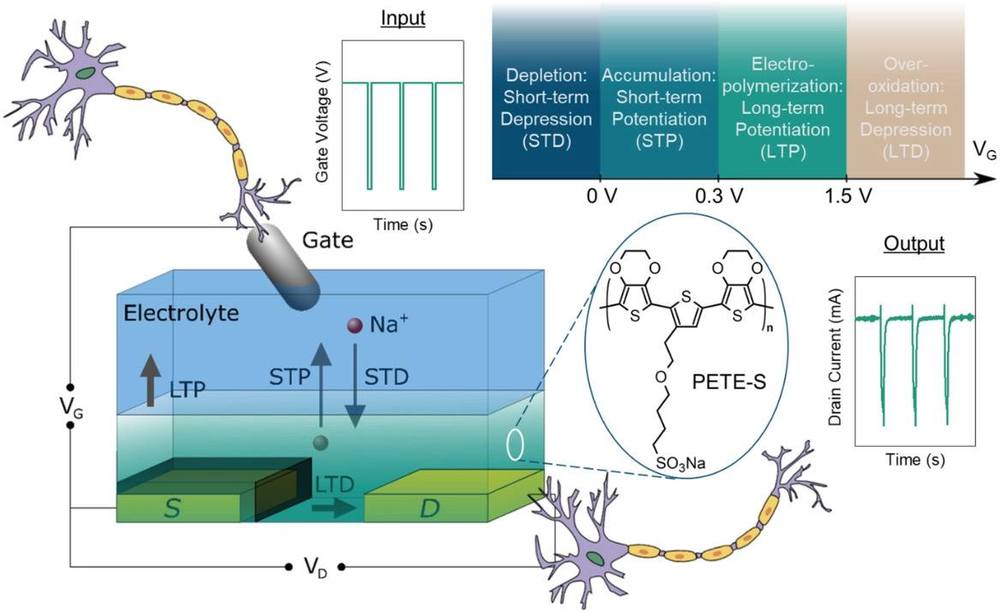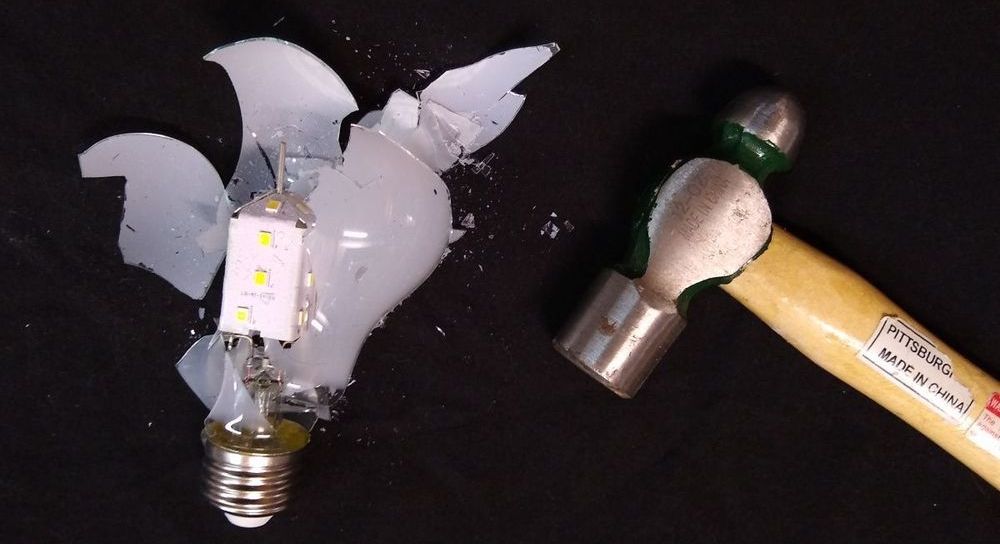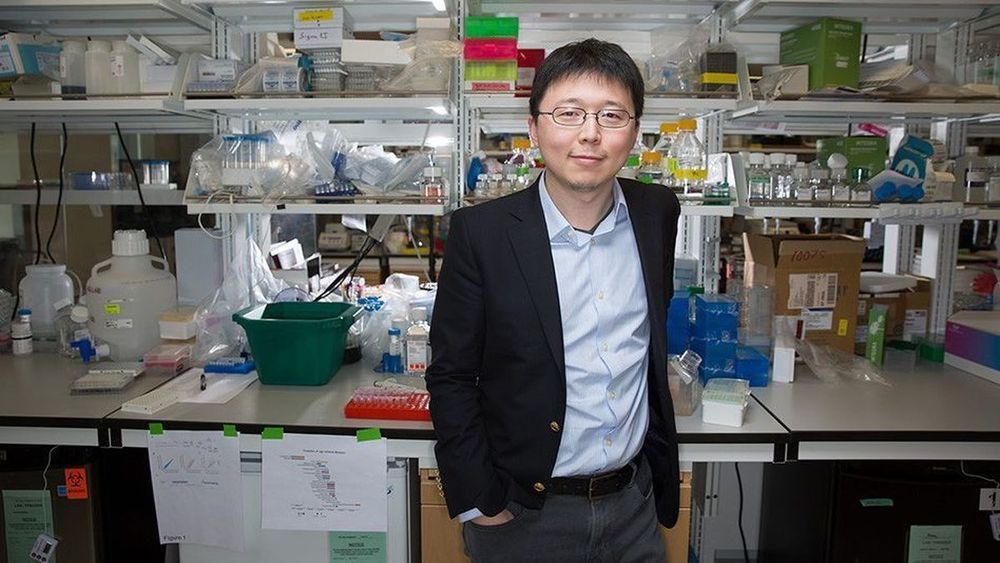Feb 5, 2019
How easy will it be to build a Moon base?
Posted by Montie Adkins in categories: materials, space
Musk has yet to make a definite announcement about a Moon base. He has said we may need one just to get people fired up about Mars, and he is going to shoot someone around the Moon and back. I point this out because the first part of this article makes it seem like Musk has drawn up plans and announced them.
How can astronauts build a lunar base if traditional building materials are too heavy to load into a rocket?
Continue reading “How easy will it be to build a Moon base?” »


















